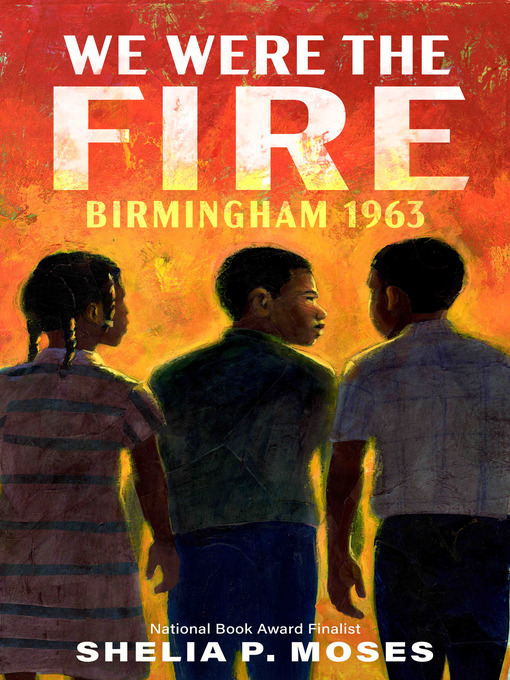- No wait, no problems
- What's new?
- Popular titles
- Check these out!
- Most Popular Kids eBooks
- Read-Alongs & Picture Books
- See all ebooks collections
- No wait, no problems
- What's new?
- Popular titles
- Check these out!
- Most Popular Kids Audiobooks
- Ready to Borrow Audiobooks
- Juvenile Fiction Audio Books
- See all audiobooks collections





